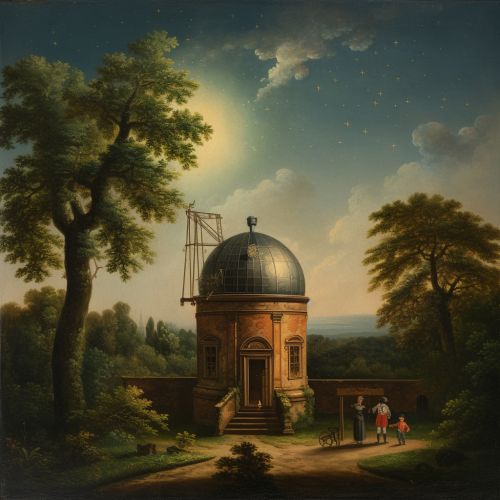Willem de Sitter
Early Life and Education
Willem de Sitter was born on May 6, 1872, in Sneek, Netherlands. He was the son of a judge and showed an early interest in mathematics and physics. He studied at the University of Groningen, where he was influenced by the teachings of Jacobus Cornelius Kapteyn, a prominent astronomer of the time.
Career
After completing his studies, de Sitter worked at the Groningen Astronomical Observatory as Kapteyn's assistant. He then moved to Cape of Good Hope in South Africa to work at the Royal Observatory. His work there involved measuring star positions and distances, which contributed to his interest in celestial mechanics and theoretical astronomy.


In 1908, de Sitter returned to the Netherlands and was appointed professor of astronomy at the University of Leiden. He also became the director of the Leiden Astronomical Observatory, a position he held until his death in 1934.
Contributions to Astronomy and Physics
De Sitter made significant contributions to the fields of astronomy and physics. His work on celestial mechanics and his development of new mathematical methods to solve complex problems in astronomy were groundbreaking. He also made significant contributions to the field of theoretical physics, particularly in the area of general relativity.
One of de Sitter's most significant contributions was his work on the expanding universe theory. He proposed a model of the universe, now known as the de Sitter model, which suggested that the universe is expanding at an accelerating rate. This was a radical departure from the prevailing view at the time, which held that the universe was static and unchanging.
De Sitter's model was based on Einstein's theory of general relativity, but it differed in its interpretation of the cosmological constant, a term in Einstein's field equations. De Sitter interpreted the cosmological constant as a measure of the energy density of the vacuum of space, which could cause the universe to expand.
Legacy
Willem de Sitter's work has had a lasting impact on the fields of astronomy and physics. His model of an expanding universe has been confirmed by subsequent observations and is now a cornerstone of modern cosmology. His work on celestial mechanics and his innovative mathematical methods continue to be used in the study of astronomical phenomena.
De Sitter's contributions to the field of general relativity were also significant. His interpretation of the cosmological constant as a measure of the energy density of the vacuum of space has been influential in the development of theories about the nature of the universe, including the theory of dark energy.
